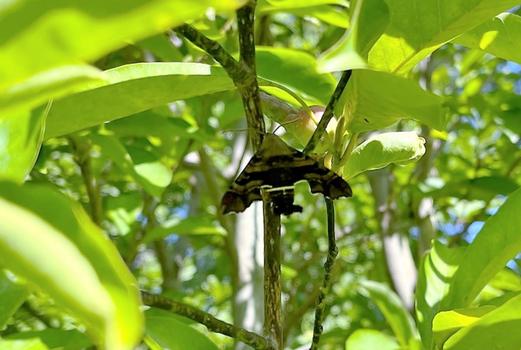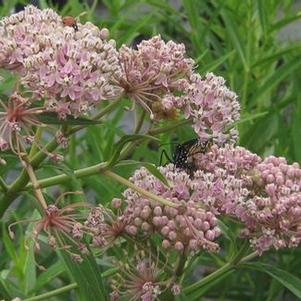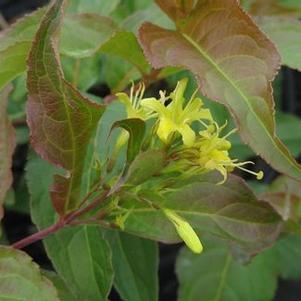National Moth Week
Many Moths Among Us
Happy National Moth Week! We hope you’ve been celebrating by exploring and tracking down your local moth populations, à la Steve Irwin. If not, don’t worry – we camouflaged ourselves with moss and sticks, hunkered down beneath some decaying logs for an afternoon, and managed to creep around long enough to get these shots in celebration of the national holiday. Enjoy!
Phlox paniculata ‘Jeana’ has gotten quite a bit of attention this week, from the numerous pollinators that have been visiting its tickle-me-purplish pink blooms, to the Perennial Plant Association who recently announced it as the 2024 Perennial of the Year. And for good reason – this thing is a pollinator magnet. Swallowtail butterflies visit in abundance, and can often be seen in groups fluttering around mass plantings of ‘Jeana’. But not only the Swallowtails can be found enjoying the tubular blossoms.
Clearwing moths are also known to frequent the tall, bright flowers, using their long proboscises to probe around into the floral openings and retrieve their prize. Both hummingbird clearwings as well as snowberry clearwings have been sighted on our own collection of Phlox paniculata ‘Jeana’ around the Nursery lately, playfully flitting around with their fuzzy bodies, gigantic eyes, and carefree attitudes. The best way to differentiate one from the other is by their body colors. Snowberry clearwing moths tend to be lighter brown bordering on a yellowish ochre, with dark brown in their wing tips and tails, and a noticeable black stripe on their thorax. Hummingbird clearwing moths, on the other hand, have a much more noticeable reddish tone to a majority of their bodies, with hazel overtones along their backsides, pale legs, and lack the black stripe on their thorax. Both are fairly sizeable critters, making quite a presence in the garden with their insatiable appetites and noisy flight patterns which mimic that of a hummingbird. Besides their overt love for ‘Jeana’ garden phlox, clearwing moths will also happily visit Liatris sp., Asclepias sp., Monarda sp., Salvia sp., Diervilla lonicera, Symphoricarpos albus, Prunus virginiana, and native Viburnum species.
What makes clearwing moths so special is their affinity for flower nectar – many adult moth species lack mouth parts, and do most of their consumption as larvae. This is why host plants are so important: to support not only the adults in the process of reproducing, but to provide a food source for the emergent caterpillars. If one is able to look past the occasional holes in their foliage and infrequent stem-boring activities of some moth species, incorporating moth-friendly plants into the landscape ensures a diverse biological habitat. While much moth activity tends to occur during the evening hours, if you’re lucky enough, you may be able to glimpse some brave day-lurkers hiding beneath leaves, on tree trunks, and classically, nuzzled up against the siding of homes beneath porch lights.
Below are some images of local moths gathered over a span of a few years within the southeastern Pennsylvania and central-South New Jersey region.
Gardening for Moths | Xerces Society
Hummingbird Moth (Clearwing Moth) (massaudubon.org)
Host Plants for Butterflies and Moths – The Native Plant Herald (prairienursery.com)
Snowberry Clearwing | Missouri Department of Conservation (mo.gov)

Magnolia virginiana and Sphinx moth





